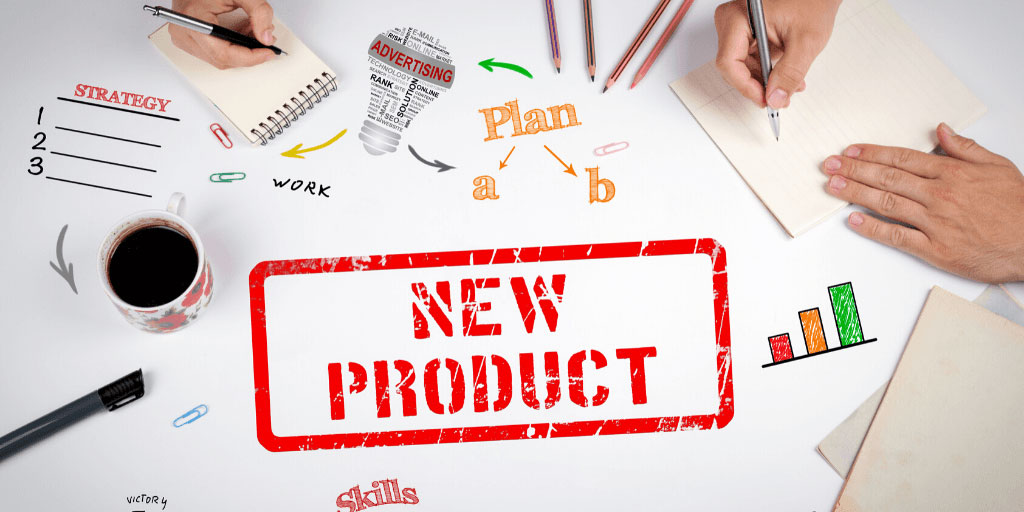Digital product research is a necessity — if your goal is to create something that people actually want to use.
Whether it’s an entirely new product or service or feature update, you’ve got to understand it — and the value it provides — inside and out. Otherwise, how can you possibly hope to sell it?
Thorough product research incorporated into the entire development life cycle minimizes risk and maximizes ROI. The data provides valuable insights into customer needs and market opportunities. And when you understand what users actually want — not just what you think they want — you’re more likely to end up with satisfied (and repeat) customers.
There’s no one right way to conduct product research. Strategies vary from project to project. Processes are interdependent and iterative, not linear. But the fundamentals remain the same.
Validate your idea
Every great product starts as a great idea. But without a clear understanding of the product market, even the best ideas are unlikely to come to fruition.
Many startups fail because “they make products no one wants.” Idea validation is the process of determining the demand for your product before you build it.
Idea validation and early market research de-risk the project. Don’t waste time, money, and energy creating something that nobody wants or needs. Make sure you’ve come up with the right product for the right market. Something that’s feasible (from a technological perspective) and viable (from a business perspective).
Idea validation and market research methods include online surveys, focus groups, and in-depth interviews. Social media and online communities are a useful way to connect with target audiences. New and innovative market research techniques, such as virtual/augmented reality, mobile ethnography, gamification, and biometric response research are also on the rise.
Get aligned
Once you’ve got the right idea, you’ve got to get everyone on the same page. The whole team — product owner, development, design, marketing, support, and stakeholders — must have a shared vision for the product. And that vision must be informed by data.
Teams collect and organize data in a variety of ways. These include:
- Business Model Canvas. This helps define the product’s value proposition, infrastructure, customer segments, and cost structure. It’s essentially a one-page snapshot of the overall business model.
- User Personas. Defining avatars — detailed representations of your target demographics — will help you understand your customers better. This exercise is critical, as it provides a foundation on which to build, and shifts focus to the users.
- User Journey Maps. These are a visual representation of your customers’ journey as they interact with your product and brand. This exercise is incredibly useful after you’ve developed detailed user personas. The process is highly iterative but gets easier with time. The more data you have about your customers and their habits, the better you can understand them — and predict what they want.
- Feature Mapping and Prioritization. Once everyone is aligned and initial research has been completed, the team can document the feature set, build a roadmap, and triage the work — ultimately guiding the team through design, development, and launch. This ensures that the product people want is the product that gets built.
Gather user feedback early and often
What people say is not always the same as what people do. So it’s a good idea to have people interact with your product as often as possible. Qualitative research — direct observation of user behavior — is especially helpful in revealing the strengths and weaknesses of your design patterns and interaction models.
Depending on the product, users may interact with design wireframes, prototypes, beta builds, or MVPs. Research participants should be carefully vetted to meet the criteria of the target audience. Their feedback helps shape a product that’s intuitive from a user perspective.
At the same time, your users aren’t mind readers. Their feedback is extremely valuable, but that intuition must be taken with a dose of skepticism — the “observer effect” can have an impact here.
Plan, execute, measure, adjust
The data collected through product research is only useful when it’s implemented. Goals and recommendations may change based on what is learned. This results in an iterative cycle, where information is gathered, analyzed, and continuously updated.
If it turns out that a certain strategy or target was ineffective, change it. The path from an idea to a successful product launch is rarely a straight line. Let the data drive the process.
Keep customer experience front and center
As the costs of research and development go down and quality goes up, the only thing left to focus on is the customer experience.
In the future, new technologies and industry trends (such as AI or machine learning) will increasingly inform digital product research. As they mature, they will support the research process and create new opportunities, pathways, and markets.
Ultimately, though, we believe that the most innovative way to plan for the future of product research is by using the tool we’ve always had access to: collaboration. Nothing replaces old-fashioned teamwork — working together to uncover mysteries and tackle obstacles.
Keep Reading:
___
A Step By Step Guide To Product Market Validation
5 Mistakes Product Managers Should NEVER Make
11 Product Management and Business Books That Will Transform Your Career
